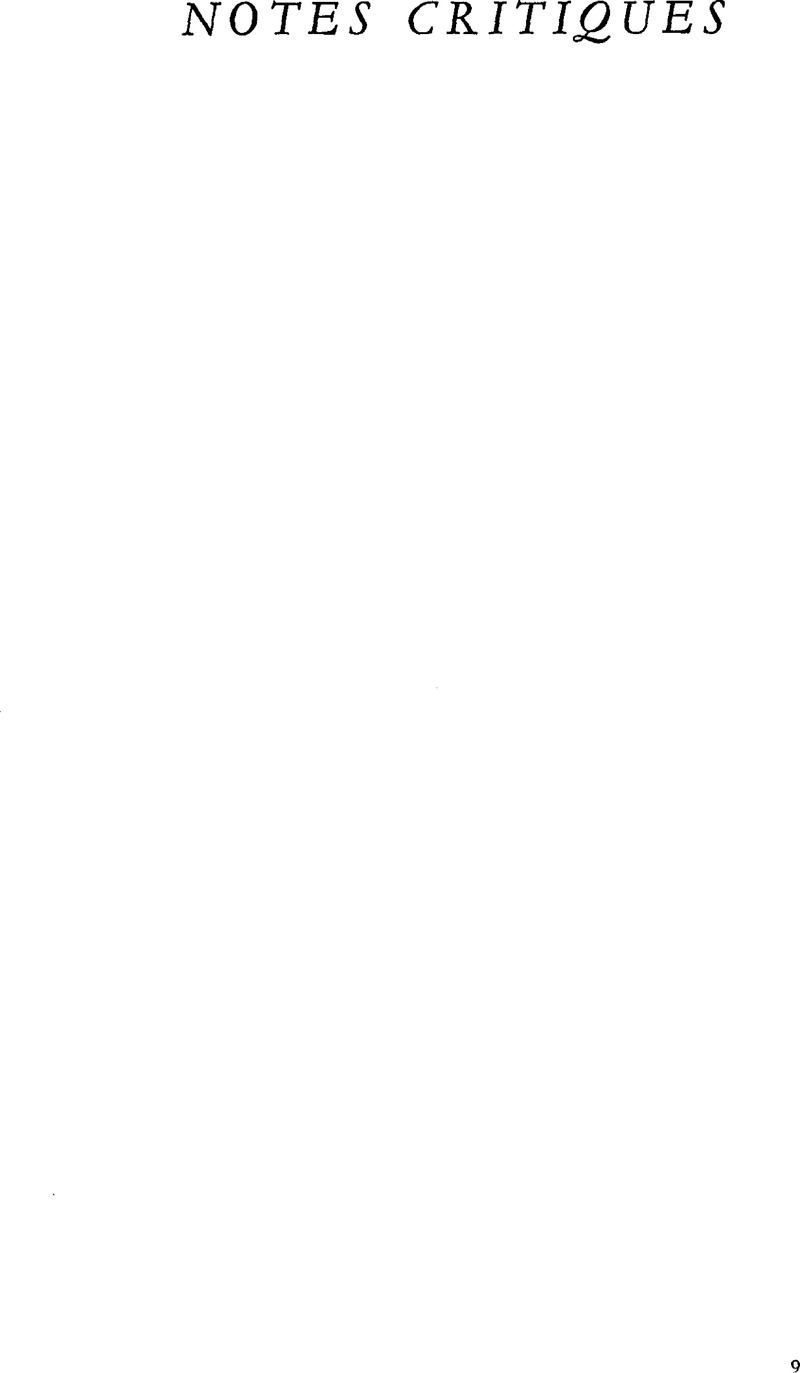Crossref Citations
This article has been cited by the following publications. This list is generated based on data provided by Crossref.
Gaborieau, Marc
1986.
Hiérarchie sociale et mouvements de réformes chez les Musulmans du sous-continent Indien.
Social Compass,
Vol. 33,
Issue. 2-3,
p.
237.
Dresch, Paul
1988.
Segmentation: Its Roots in Arabia and Its Flowering Elsewhere.
Cultural Anthropology,
Vol. 3,
Issue. 1,
p.
50.
Anderson, Siwan
2003.
Why Dowry Payments Declined with Modernization in Europe but Are Rising in India.
Journal of Political Economy,
Vol. 111,
Issue. 2,
p.
269.
Anderson, Siwan
and
Bidner, Chris
2015.
Property Rights over Marital Transfers *.
The Quarterly Journal of Economics,
Vol. 130,
Issue. 3,
p.
1421.
Bashir, Kamran
and
Wilson, Margot
2017.
Unequal among equals: lessons from discourses on ‘Dalit Muslims’ in modern India.
Social Identities,
Vol. 23,
Issue. 5,
p.
631.
Hashmi, Zehra
2021.
Making Reliable Persons: Managing Descent and Genealogical Computation in Pakistan.
Comparative Studies in Society and History,
Vol. 63,
Issue. 4,
p.
948.





